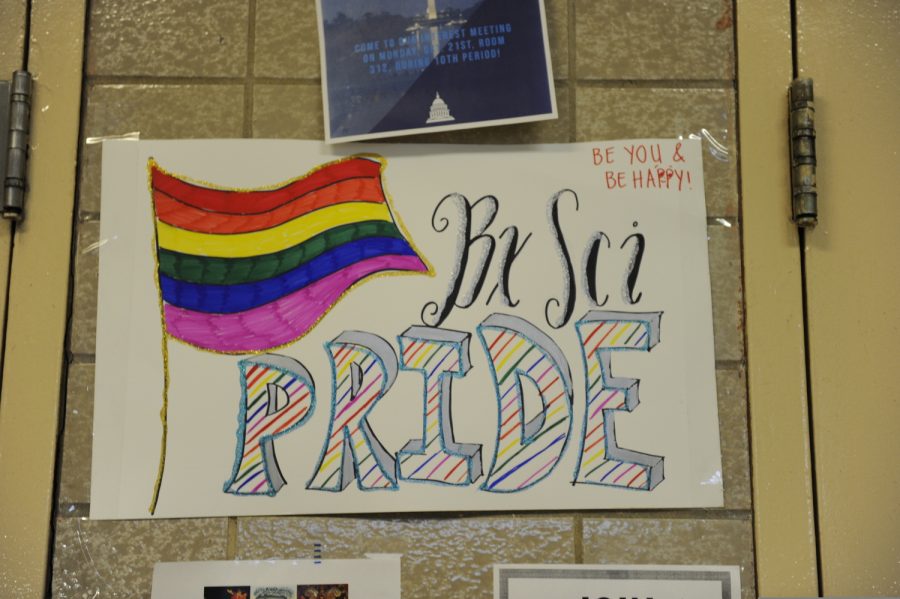How ‘She-Ra’ Opens a New Chapter in the History of Animation
If anything, ‘She-Ra and the Princesses of Power’ will manage to lead animation into a new period, with writers and producers being able to point back at it as proof that LGBTQ+ characters work in animation.
Throughout the years, the standard for animated works has changed dramatically. Only thirty years ago, animated television shows were meant to be an easy way that companies could get children to buy toys. Now, children’s animation is held to a much higher standard, with a heavy emphasis on themes and plots as a learning experience, rather than a marketing ploy.
One of the best modern animated shows to present these topics is the newest reboot of the 90s classic, She-Ra: Princess of Power. At first glance, the show seems pretty corny and similar to shows aimed at the youngest of demographics, but this is definitely not the case. Rather than focusing on a narrative revolving around sparkly princesses, the center point of all five seasons is toxic relationships and the cycle of abuse. And while the creators have not perfectly executed everything, they have managed to create an extremely well-received storyline and characters many people have been able to relate to.
Along with the more modern, darker take on animated plots and characters, the show also takes a very modern approach to queer representation. The show contains a colorful cast of characters that are never defined by their sexuality or have it mentioned out loud. Rather than pointing it out or making a subplot about it, the show treats queer relationships as completely normal, which is fantastic. By the end of the fifth season, the show has shown three queer relationships, including one between the main characters. If anything, She-Ra and the Princesses of Power will manage to lead animation into a new period, with writers and producers being able to point back at it as proof that LGBTQ+ characters work in animation.
Pushing aside the accomplishments of the show, the plot of She-Ra and the Princesses of Power follows two opposing factions, the Rebellion and the Horde. The Horde aims to take over the world, while the Rebellion aims to stop the Horde. The main character, Adora, was once a Horde soldier who became a Rebellion soldier after finding a magical sword and seeing the atrocities that the Horde was committing. This magical sword allowed her to turn into She-Ra, a powerful entity who was seen as an old legend until now.
The plot in itself is very flexible, allowing for a diverse cast of characters to come in and out of the story and different locations to be established throughout the world, depending on what place the Horde is attacking at the time of the episode. This allows for the establishment of a supporting cast of “princesses,” with each having different episodes dedicated to them.
However, the show does not solely focus on the Rebellion. Many episodes focus on the doings of the Horde, and the people whom Adora had left behind. When focusing on the Horde, the audience mainly follows Catra, the character who is most affected by Adora’s departure. Catra slowly becomes one of the biggest villains, and is the center of focus when looking at the darker narratives. Much of her spiral into villainy can be traced back to themes of abuse and inadequacy. However, this does not excuse the fact that she is a villain, something the show is adamant about portraying to the audience.
The show has very fluid animation and character design. Compared to their 1990s counterparts, each character is different in both personality, voice, and design. Some of the best parts of the animation are the environments and how background characters are all different and meticulously designed. Shots that show the surroundings effectively set the atmosphere and mood. The Horde is designed as dull with faded greens and harsh reds, while the Rebellion has much more color and vibrancy. The viewer is easily able to tell one faction apart from the other.
All in all, the show is an amazing watch with an enjoyable atmosphere and complex messages. It is a nice break from live-action dramas and films that both allow viewers to simply relax and let themselves become invested into the charming world and characters.
To watch She-Ra and the Princesses of Power on Netflix (subscription required), click HERE.
It is a nice break from live-action dramas and films that both allow viewers to simply relax and let themselves become invested into the charming world and characters.
Sophie Livingstone is an Editor-in-Chief for ‘The Science Survey.’ She enjoys both journalistic and creative writing and the influence that one can...
Sylvie Koenigsberg is a Copy Chief for ‘The Science Survey’ and a Student Life Reporter for ‘The Observatory’ who is intrigued by the ways different...

